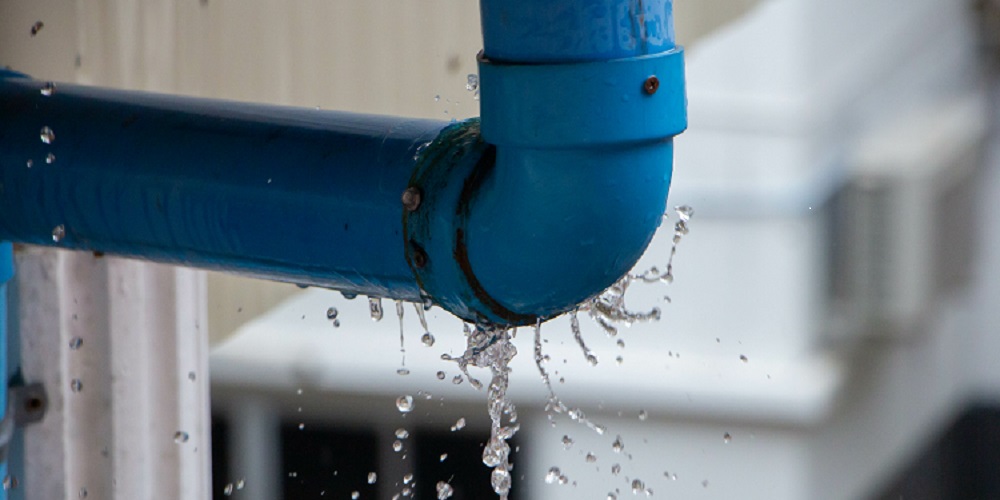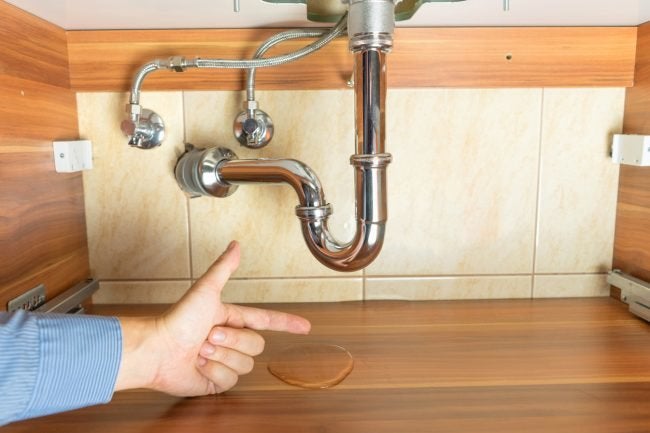Reveal Unseen Water Line Leaks: Six Clever Detection Hacks
Reveal Unseen Water Line Leaks: Six Clever Detection Hacks
Blog Article
Each person maintains his or her own idea with regards to Top leak detection hacks.

Early discovery of leaking water lines can alleviate a prospective calamity. Some tiny water leaks may not be visible.
1. Take A Look At the Water Meter
Every residence has a water meter. Checking it is a surefire manner in which aids you uncover leaks. For starters, turn off all the water sources. Guarantee nobody will certainly purge, use the faucet, shower, run the washing machine or dishwashing machine. From there, go to the meter as well as watch if it will alter. Considering that no person is utilizing it, there should be no movements. That indicates a fast-moving leakage if it relocates. If you spot no changes, wait an hour or two and inspect back once again. This indicates you might have a slow-moving leakage that can also be below ground.
2. Inspect Water Usage
Examine your water expenses as well as track your water usage. As the one paying it, you must observe if there are any type of inconsistencies. If you find sudden changes, in spite of your consumption being the same, it means that you have leakages in your plumbing system. Bear in mind, your water expense should fall under the same range every month. An abrupt spike in your costs suggests a fast-moving leak.
At the same time, a consistent boost each month, despite the exact same practices, shows you have a slow leakage that's also slowly rising. Call a plumber to extensively check your property, especially if you really feel a cozy location on your floor with piping beneath.
3. Do a Food Coloring Examination
When it pertains to water intake, 30% comes from toilets. Examination to see if they are running effectively. Decrease flecks of food color in the storage tank and wait 10 minutes. If the shade somehow infiltrates your bowl during that time without flushing, there's a leakage between the tank as well as bowl.
4. Asses Exterior Lines
Do not forget to inspect your exterior water lines also. Test spigots by connecting a yard tube. Should water leak out of the link, you have a loose rubber gasket. Replace this as well as make sure all links are limited. It will aid obtain it professionally checked out and preserved every year if you have actually obtained a sprinkler system. One tiny leak can lose lots of water and surge your water expense.
5. Inspect and Evaluate the Scenario
Property owners ought to make it a practice to inspect under the sink counters as well as even inside cabinets for any type of bad odor or mold growth. These two red flags indicate a leak so prompt attention is required. Doing routine assessments, also bi-annually, can conserve you from a significant problem.
More importantly, if you know your residence is currently old, maintain a watchful eye on your heating systems, hose pipes, pipes and so on. Look for stainings as well as deteriorating as most appliances and also pipes have a life expectancy. They will certainly likewise normally wear away because of wear and tear. Don't wait for it to escalate if you suspect dripping water lines in your plumbing system. Call an expert plumber immediately so you do not end up with a terrible mess in your house.
Early discovery of leaking water lines can alleviate a possible catastrophe. Some little water leaks might not be visible. Inspecting it is a surefire method that aids you discover leaks. One little leak can lose loads of water and also spike your water expense.
If you believe leaking water lines in your plumbing system, do not wait for it to intensify.
WARNING SIGNS OF WATER LEAKAGE BEHIND THE WALL
PERSISTENT MUSTY ODORS
As water slowly drips from a leaky pipe inside the wall, flooring and sheetrock stay damp and develop an odor similar to wet cardboard. It generates a musty smell that can help you find hidden leaks.
MOLD IN UNUSUAL AREAS
Mold usually grows in wet areas like kitchens, baths and laundry rooms. If you spot the stuff on walls or baseboards in other rooms of the house, it’s a good indicator of undetected water leaks.
STAINS THAT GROW
When mold thrives around a leaky pipe, it sometimes takes hold on the inside surface of the affected wall. A growing stain on otherwise clean sheetrock is often your sign of a hidden plumbing problem.
PEELING OR BUBBLING WALLPAPER / PAINT
This clue is easy to miss in rooms that don’t get much use. When you see wallpaper separating along seams or paint bubbling or flaking off the wall, blame sheetrock that stays wet because of an undetected leak.
BUCKLED CEILINGS AND STAINED FLOORS
If ceilings or floors in bathrooms, kitchens or laundry areas develop structural problems, don’t rule out constant damp inside the walls. Wet sheetrock can affect adjacent framing, flooring and ceilings.
https://www.servicemasterbyzaba.com/blog/how-to-detect-water-leakage-in-walls/

Do you appreciate reading up on Leaking water lines? Give a remark below. We will be delighted to listen to your opinions about this review. We hope that you visit us again in the near future. Make sure you take the opportunity to share this blog entry if you liked it. Thank you so much for going through it.
Suggested Site Report this page